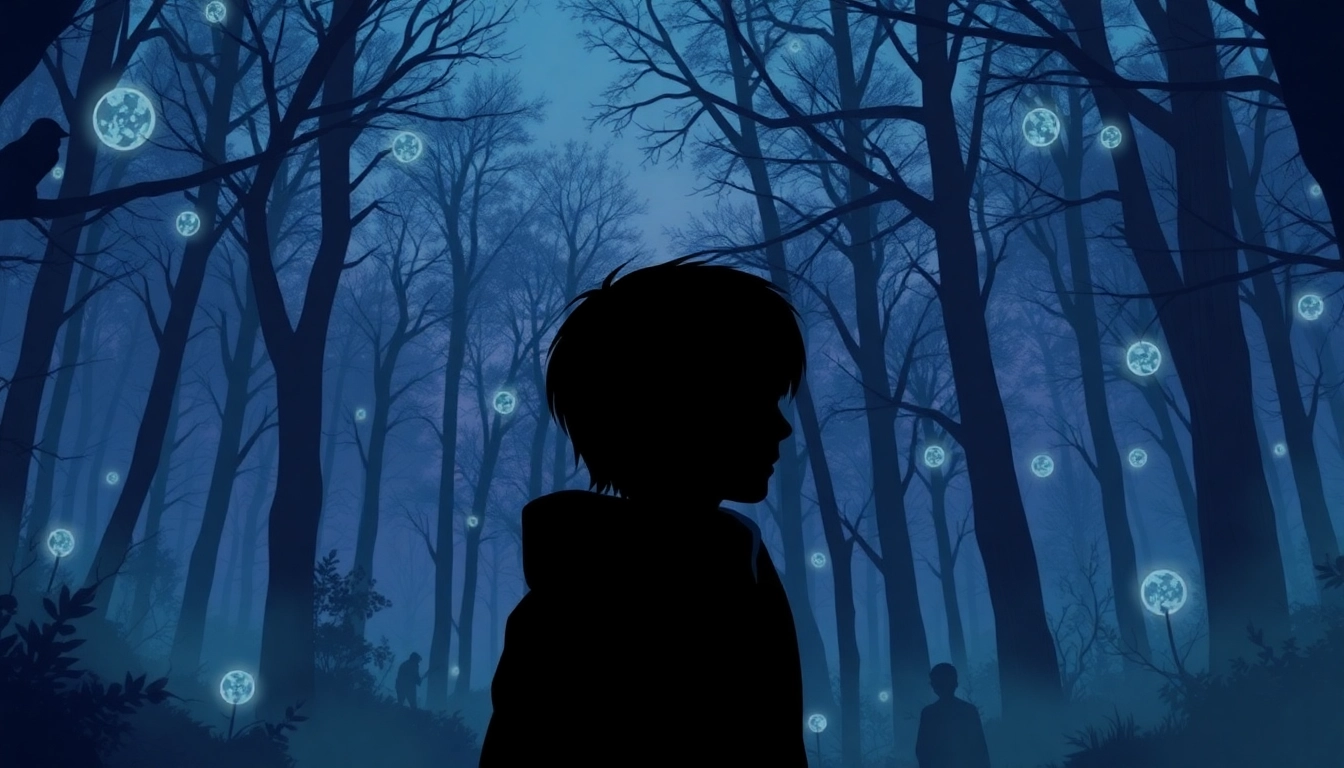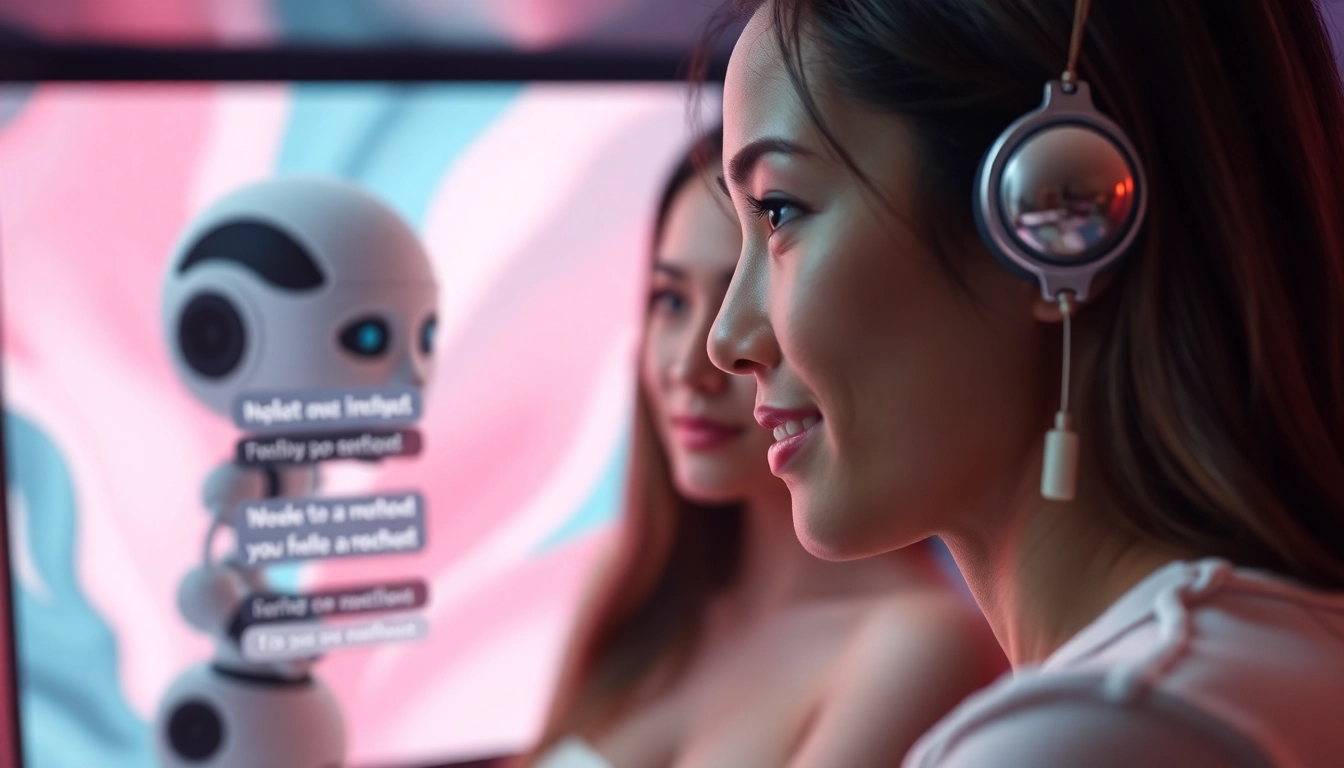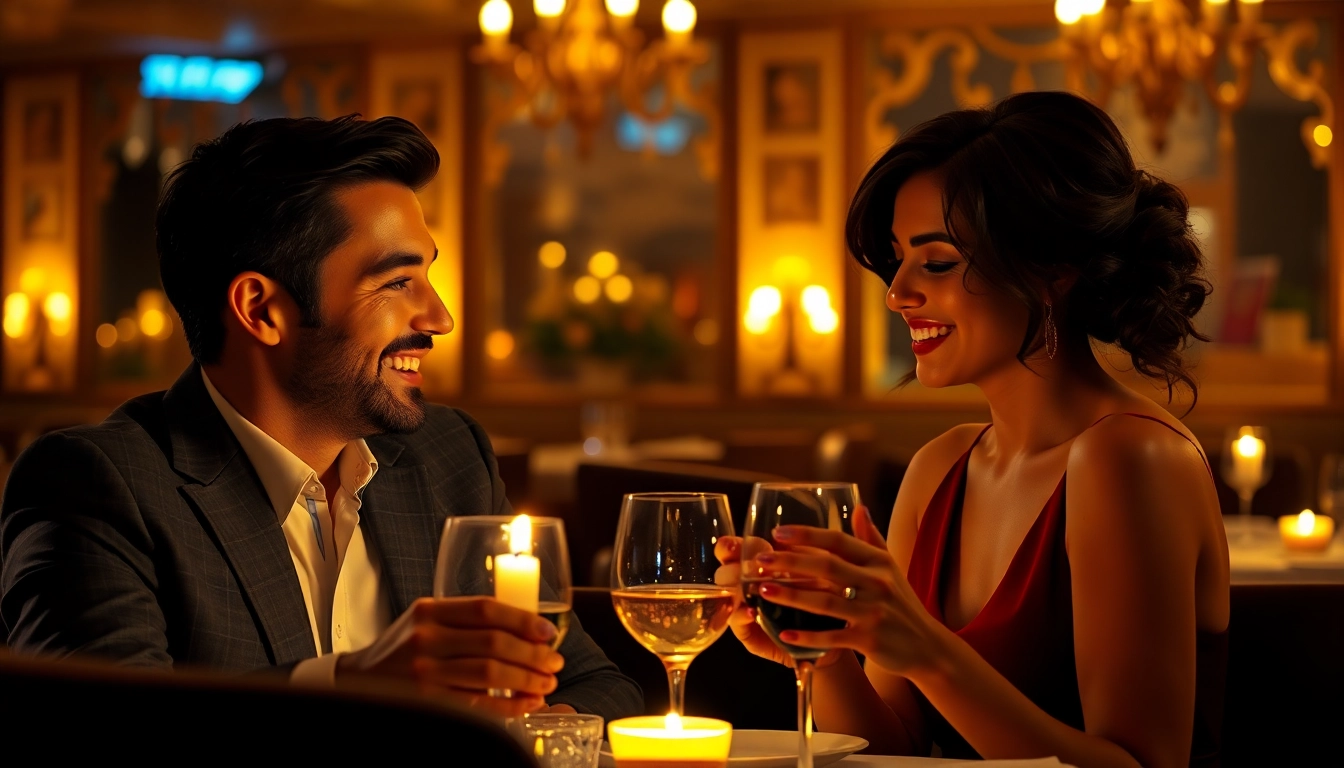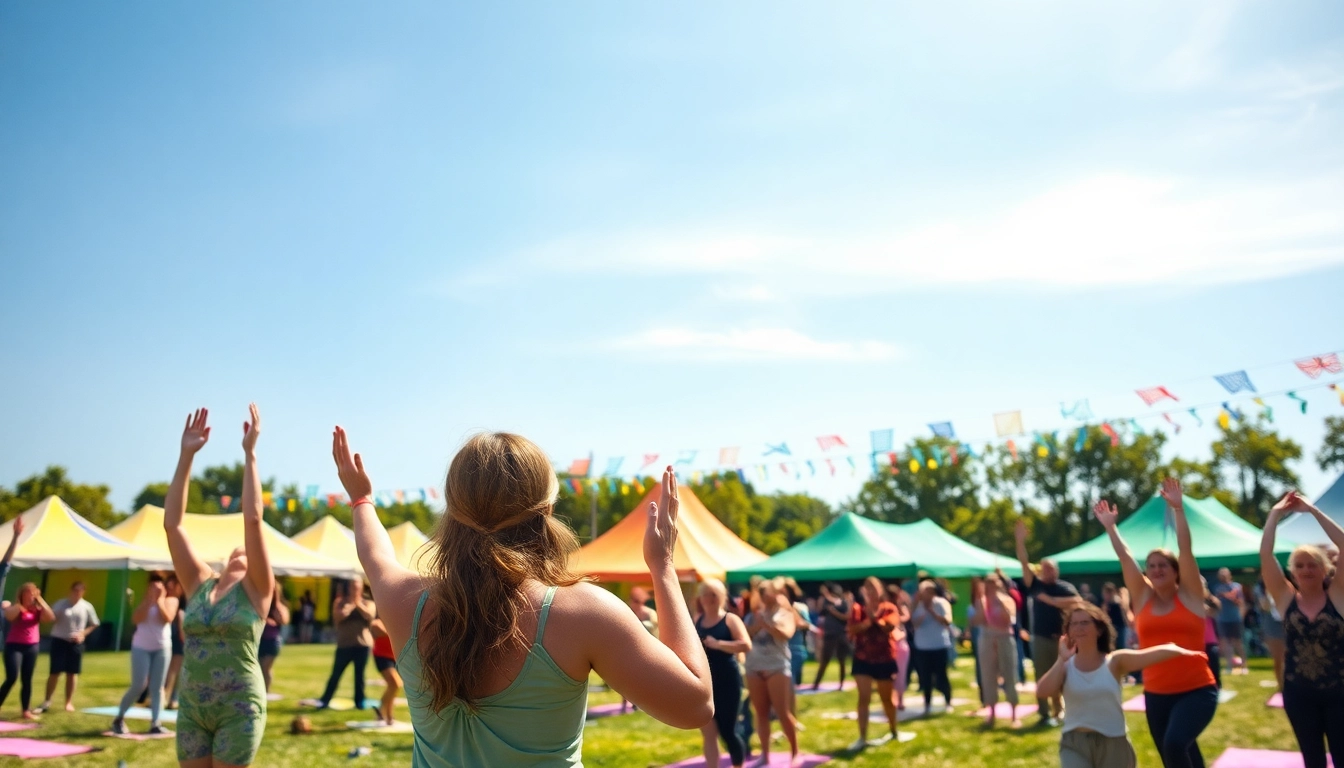Understanding the Paranormal Phenomena
Defining Paranormal: Beyond the Ordinary
The term “paranormal” refers to experiences, events, or phenomena that defy explanation by known scientific laws. These occurrences exist outside the normal range of human experience, encompassing anything from ghost sightings to UFO encounters. For many, these events spark intense curiosity and intrigue, challenging our understanding of reality. Historically, the paranormal has been a significant part of folklore and mythology, often serving as a cultural lens through which societies define their beliefs and fears.
When exploring the paranormal, individuals frequently grapple with a blurred line between belief and skepticism. This intersection invites deeper reflection on what we know about the universe, the afterlife, and the human experience itself.
The Science vs. Belief: Analyzing Perspectives
A common debate in the realm of the paranormal is the juxtaposition of scientific reasoning versus personal belief. While science relies on observable, measurable phenomena, belief systems often encompass personal experiences that cannot easily be quantified. Proponents of paranormal phenomena argue that subjective experiences warrant consideration, even if they fall outside established scientific explanations.
Skeptics, however, maintain that extraordinary claims require extraordinary evidence. They advocate for a rigorous scientific approach to investigating paranormal claims, often uncovering logical explanations behind events initially deemed unexplained. This back-and-forth enriches the discussion, encouraging individuals to consider multiple perspectives while forming their conclusions.
Common Types of Paranormal Experiences
Paranormal experiences manifest in various forms, each with its distinctive characteristics and cultural significance. Here are some of the most commonly reported types of phenomena:
- Ghosts and Hauntings: Many individuals claim to have encountered spirits of the deceased, often linked to specific locations such as homes or historic sites.
- UFO Sightings: Reports of unidentified flying objects and potential extraterrestrial encounters contribute to ongoing debates about life beyond Earth.
- Psychic Abilities: Some individuals claim to possess heightened senses allowing them to perceive events or emotions beyond the norm, such as precognition or telepathy.
- Near-Death Experiences (NDEs): Accounts from those who have faced life-threatening situations often include vivid descriptions of life beyond death, challenging traditional views of mortality.
- Curses and Superstitions: Many cultures hold beliefs in curses or bad luck associated with particular actions, symbolic objects, or rituals.
Famous Paranormal Cases Documented in History
Iconic Hauntings: Famous Locations Around the World
Across the globe, countless locations claim to be haunted, each with intriguing stories and histories. Some famous haunted sites include:
- The Tower of London, England: Steeped in history, this location is notorious for its spectral sightings, including that of Anne Boleyn, whose tragic demise during the reign of Henry VIII left an indelible mark.
- The Stanley Hotel, Colorado: Known for inspiring Stephen King’s “The Shining,” this hotel features ghostly apparitions and unexplained noises that have prompted numerous investigations.
- America’s Old City Jail, South Carolina: This site has a dark history of imprisonment and execution, leading to reports of ghostly figures roaming the corridors.
These locations not only attract paranormal enthusiasts but also pose significant questions regarding the existence of life after death and the energy that remains tied to certain sites.
Unexplained Encounters: Eyewitness Accounts
Eyewitness accounts play a crucial role in the paranormal narrative. Individual stories often carry emotional weight, illustrating the profound impact of these encounters on personal beliefs and experiences. For instance, reports of ghostly encounters frequently describe feelings of dread, warmth, or recognition accompanied by visual phenomena. Such narratives bolster the idea that reality may harbor realms beyond our understanding.
In many cases, discerning the credibility of these accounts can be complex. Emotional responses, corroborating testimony, and contemporary documentation (such as photographs or recordings) often contribute to the weight of the stories being told.
Evaluating Evidence: What Makes a Case Credible?
Determining the credibility of paranormal evidence requires a balanced approach that considers both scientific methodologies and subjective experiences. Common factors include:
- Reproducibility: Can the phenomenon be replicated under similar conditions? Consistent evidence strengthens a case.
- Eyewitness Corroboration: Multiple witnesses reporting similar experiences lend credence to claims.
- Physical Evidence: Substantiated artifacts, such as photographs, video footage, or EVPs (Electronic Voice Phenomena), can be compelling.
Caution is essential, as pseudo-scientific explanations or hoaxes can muddy the waters of genuine investigations. Engaging with credible practitioners and using methodologies aligned with scientific exploration can elevate the pursuit of understanding in the paranormal landscape.
The Role of Technology in Paranormal Research
Tools of the Trade: Gadgets for Ghost Hunting
Technological advancements have significantly reshaped the landscape of paranormal investigation. An array of tools is now available for enthusiasts and professional investigators alike. Popular gadgets include:
- Digital Voice Recorders: Used for capturing EVPs, these devices can reveal auditory phenomena under controlled conditions.
- EMF Meters: These instruments measure electromagnetic fields, often employed to identify unusual energy fluctuations near reported hauntings.
- Infrared Cameras: With the ability to visualize the invisible spectrum, these cameras can capture thermal signatures and movement in low visibility.
- Spirit Boxes: Utilizing radio frequencies, these devices aim to facilitate communication with spirits by interpreting audio responses.
As technology evolves, new tools promise to enhance the efficacy of investigations and foster a deeper understanding of the phenomena.
The Impact of Social Media on Paranormal Investigations
Social media platforms have revolutionized how paranormal investigations are shared and discussed. Investigators can connect globally, exchanging findings and experiences in real-time. This democratization of knowledge enables aspiring researchers to access resources, networks, and case studies previously restricted to expert circles.
Moreover, social media played a crucial role in aggregating various accounts of sightings across cultural boundaries, presenting a more holistic view of paranormal experiences. The immediacy of social media also allows enthusiasts to document their findings promptly, fostering a collaborative and dynamic exchange of ideas.
Innovative Techniques: Combining Science with Spirituality
As the realm of the paranormal intersects with scientific inquiry, innovative approaches emerge. Some practitioners blend scientific techniques with spiritual practices, creating a holistic framework for investigations. This synthesis might involve meditation, intention-setting, or energy work alongside traditional scientific methods.
Such integrated practices hold the potential to elevate the understanding of paranormal phenomena, extending beyond straightforward evidence collection to include emotional and spiritual dimensions.
Paranormal Activities and Cultural Beliefs
Global Perspectives: Paranormal Practices Across Cultures
Paranormal beliefs vary significantly across cultures, each reflecting unique historical contexts and spiritual frameworks. In some Indigenous cultures, spirits of ancestors play an essential role in the community, guiding and influencing the living. In Eastern philosophies, concepts of reincarnation and universal consciousness often interact with paranormal beliefs regarding life after death.
Western societies often lean toward a binary perspective of the physical and spiritual, influencing how paranormal phenomena are approached. Understanding these cultural lenses enriches the conversation and frames paranormal encounters within a broader historical and sociological context.
Folklore and Superstitions: Stories Passed Down Generations
Folklore is a rich reservoir of paranormal narratives, intertwining history, morality, and cultural identity. These stories, often rooted in communal experiences, capture the essence of fear, curiosity, and mystery. Superstitions reflecting a culture’s beliefs about luck, protection, or fate encounter diverse expressions worldwide, such as:
- Black cats: In many cultures, they symbolize bad luck or witches, influencing perceptions towards felines.
- Knocking on wood: A popular superstition in Western cultures to avert bad luck after making a hopeful statement.
- The number 13: Considered unlucky in many cultures, leading to avoidance behaviors surrounding this number.
These stories and beliefs contribute to the collective memory of societies, underscoring the interplay between myth and reality.
Evolving Beliefs: How Modern Society Views the Paranormal
Modern society encounters a complex tapestry of beliefs regarding the paranormal, influenced by science, media, and spiritual movements. The rise of the internet and accessible platforms has enabled individuals to explore various worldviews, leading to increased acceptance of non-traditional beliefs. Documentaries, podcasts, and television series focusing on the paranormal have contributed to a cultural shift, normalizing discussions about spiritual experiences.
As more individuals share their personal experiences and insights, the stigma surrounding paranormal exploration diminishes, paving the way for a more nuanced understanding of what lies beyond the conventional.
Getting Involved: Becoming a Paranormal Investigator
Starting Your Journey: Tips for Beginners
For those intrigued by the paranormal and considering a journey into investigation, several essential tips can enhance your experience:
- Research: Familiarize yourself with literature about paranormal phenomena, theories, and documented cases to build foundational knowledge.
- Join Communities: Engage with local paranormal groups or online forums to network with like-minded individuals and gain practical insights.
- Gather Essential Gear: Start with basic tools like a digital voice recorder and flashlight to document experiences.
- Practice Critical Thinking: Analyze your findings objectively, acknowledging both personal beliefs and a rational perspective.
Safety Guidelines and Ethical Considerations
Understanding safety and ethics in paranormal investigations is paramount. Entering locations for exploration can pose potential risks, so it’s vital to:
- Get Permission: Always seek approval before entering private properties to avoid legal repercussions.
- Respect the Environment: Leave the area as you found it, ensuring that historical sites and their surroundings are preserved.
- Communicate Clearly: Maintain transparency with group members about purposes and safety plans during investigations.
- Be Mindful of Emotional Responses: Understand the potential psychological impact of paranormal investigations on yourself and others.
Communities and Resources for Aspiring Investigators
Numerous communities and resources are available to support aspiring paranormal investigators. Websites, forums, and social media groups can facilitate connections and knowledge transfer. Moreover, workshops and conferences dedicated to paranormal investigation foster networking and learning opportunities. Engaging with educational platforms can assist individuals in honing their investigative skills while fostering a deeper understanding of spiritual phenomena.



